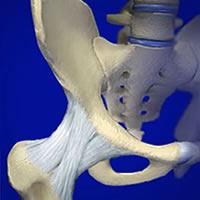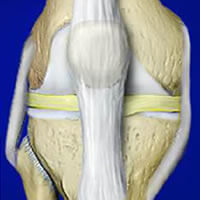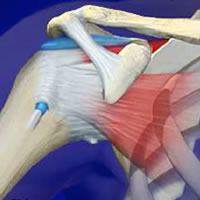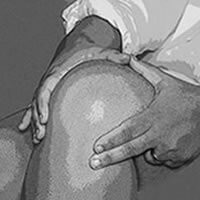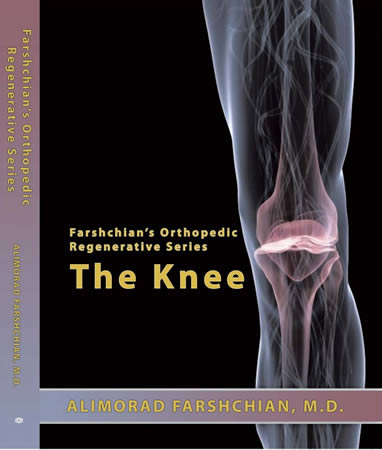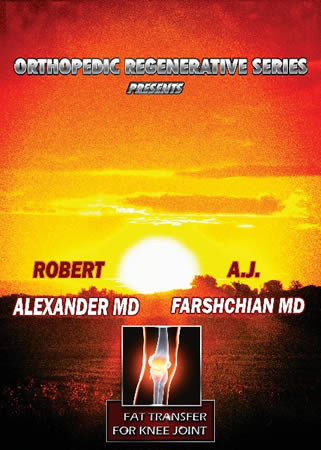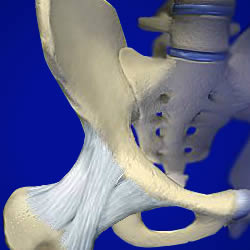Knee Diaries : Obesity remains as one of the leading causes of knee pain
- Home
- Case Studies
- Knee Diaries : Obesity remains as one of the leading causes of knee pain

Knee Diaries : Obesity remains as one of the leading causes of knee pain
A 71 year old obese female with history of knee pain presents to the office for evaluation and treatment. Patient states she has no pain as long as she is sitting, going downstairs hurts her much more than going up. Knees are always swelled up. Knees get real stiff after sitting for about 30 minutes. She has to use a pillow between her knees when she sleeps. She can not walk more than a few steps before stopping. Her past medical history is negative for Rheumatoid or any other connective tissue diseases. Tylenol helps some times. She says "I have tried everything including acupuncture , synvisc injections, cortisone injections and anti-inflammatory medication with no improvement." Patient is 5 feet tall and weights over 280 pounds. She has been advised for total knee replacement.
Discussion: The prevalence of both obesity and knee arthritis continue to increase globally more so in the developed countries. In the United States alone almost 33% of the adult population are considered as obese, while knee pain is the number one reason for visits to the center. Weight loss can decrease knee pain if patient is greatly overweight. However weight loss alone is unlikely to completely relieve the pain. Obesity also makes other complications such as Diabetes, heart disease, cancer... Studies have shown that obese persons, especially obese older women, are at higher risk for knee osteoarthritis (OA). We have learned from The Framingham Study (The largest study done up to this point which is a landmark study, it began in 1948 in which some 12,000 residents of the town of Framingham, Massachusetts were enrolled) that a drop in weight as little as 11 lbs can decrease the risk of developing knee osteoarthritis. On the basis of epidemiologic findings such as these, the center likes to start a weight loss program as early as possible on the patients who suffer from osteoarthritis of knee, hip or ankle (the weight bearing joints).
Case Study Date: 3/20/2007







